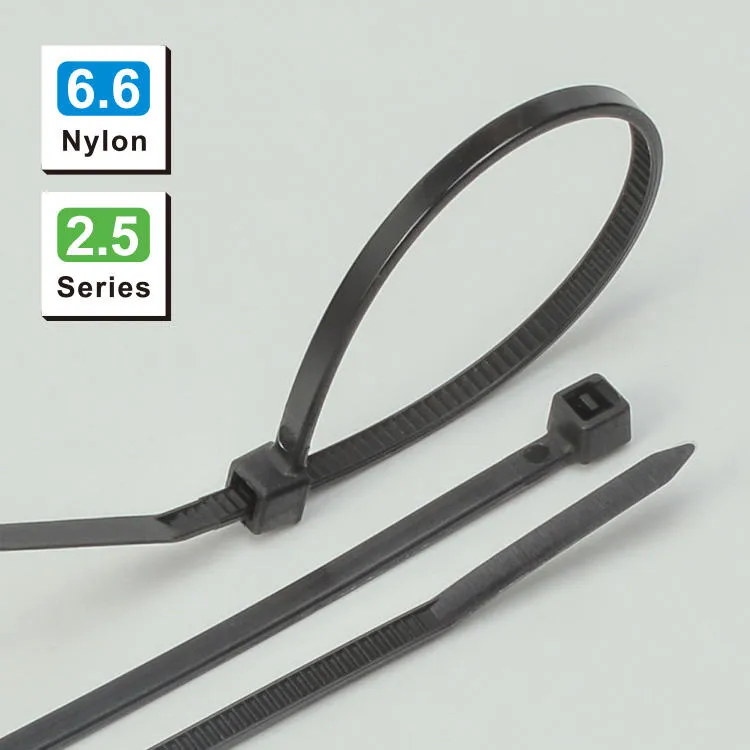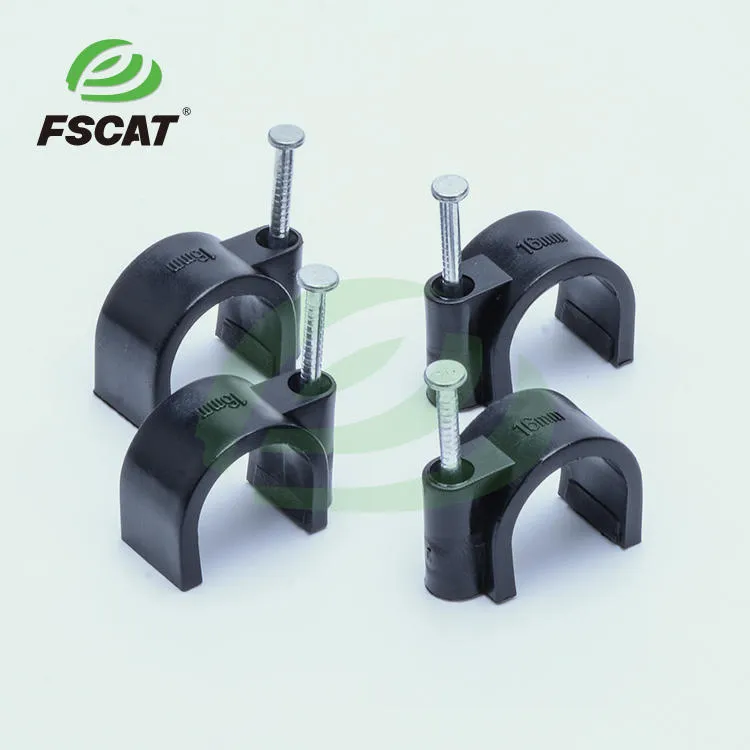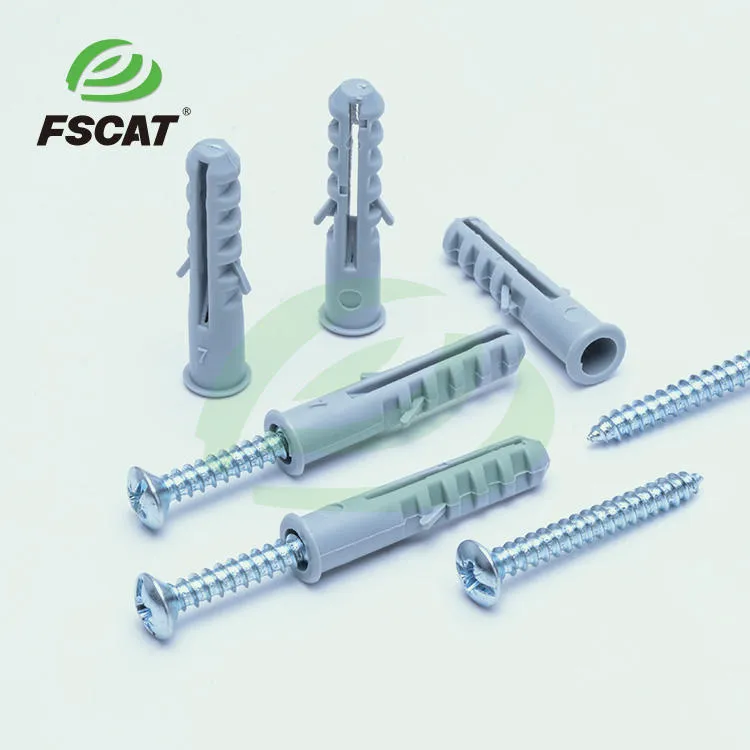How can I tell if Insulated Terminal is qualified?
Insulated Terminal is an electrical connection device used to connect conductive materials such as wires and cables. Its main function is to provide a reliable electrical connection in a circuit, while ensuring insulation between the connection points to prevent electrical faults such as current leakage and short circuits.
To determine whether Insulated Terminal is qualified, you can consider the following aspects:
1. Appearance Inspection
Overall appearance: Insulated Terminal should have no obvious deformation, cracks, scratches or other damage. The surface should be smooth, flat, uniform color.
Insulation part: the insulation material should be free of bubbles, impurities, cracks and other defects. The thickness of the insulation layer should be uniform, in line with the specified standard requirements.
Conductive part: the metal conductive part should be free of corrosion, oxidation, deformation and other phenomena. Plating should be uniform, complete, no flaking or peeling phenomenon.
2. Size Measurement
Main dimensions: Measure the length, width, height and other main dimensions of Insulated Terminal, which should be in line with the product design requirements and relevant standards.
Aperture size: check the diameter, depth and other dimensions of the connection hole to ensure that it can be matched with the corresponding wires or connectors.
Insulation thickness: Use professional measuring tools to measure the thickness of the insulation part, which should meet the insulation performance requirements.
3.Electrical performance test
Insulation resistance test: Use insulation resistance tester to conduct insulation resistance test on Insulated Terminal. Under the specified test voltage, the insulation resistance should meet the requirements of product standards, generally should be greater than a certain value (such as several hundred megohms).
Voltage withstand test: To conduct the voltage withstand test, connect the Insulated Terminal to the high voltage test equipment and apply a certain AC or DC voltage for a certain period of time. During the test, the Insulated Terminal should not be subjected to breakdown, flashover and other phenomena.
Contact Resistance Test: Measure the contact resistance between the Insulated Terminal and wires or other connectors. The contact resistance should be as small as possible to ensure good conductivity.
4. Mechanical Performance Test
Pulling force test: Insulated Terminal will be inserted into the wire, the use of tensile testing equipment for its pulling force test, Insulated Terminal should be able to withstand a certain amount of tension without loosening or falling off.
Torque Test: For Insulated Terminals with screw connections, a torque test can be performed. Under the specified torque, the screws should not loosen or slip teeth.
Bending test: Insulated Terminal can be bent to simulate the bending stress during actual installation and use, Insulated Terminal should be bent within a certain bending angle without breakage or damage.
5. Marking and Packaging Inspection
Marking: Qualified Insulated Terminal should have clear and complete marking, including product model, specification, manufacturer's name, production date, certification mark and other information.
Packaging: The packaging of Insulated Terminal should be intact and able to protect the product from damage during transportation and storage. The package should be labeled with product name, quantity, specifications and other information.






